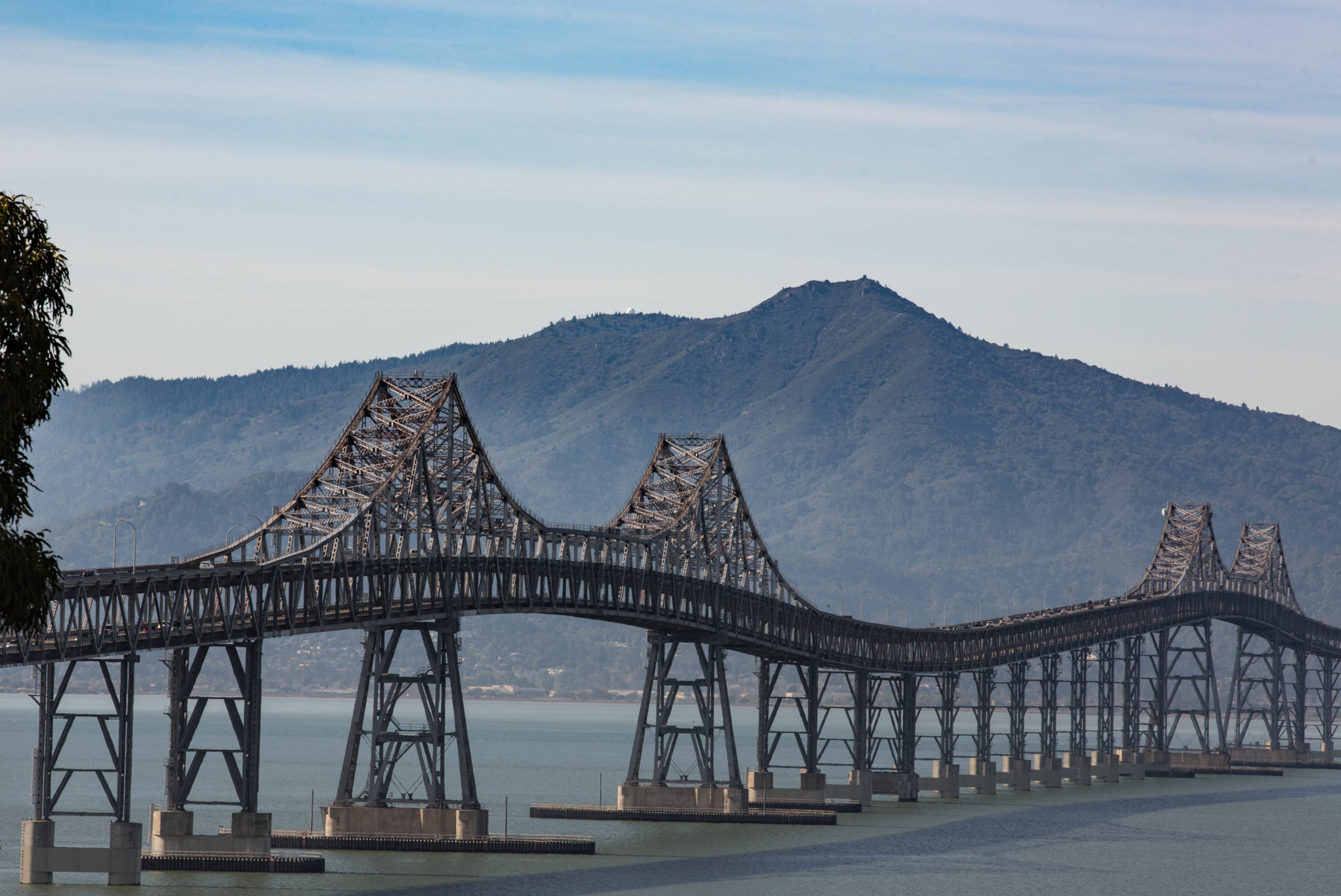A major project of late 2008 and early 2009 was reading Russell Banks’s “Cloudsplitter.” The duration of the task–I carried the book around with me long enough so that the dust jacket is shot–says more about my overall fecklessness and willingness to spend hours online or in front of “The Wire” than it says about the novel. 
The books’ subject is John Brown, the abolitionist, activist and finally anti-slavery terrorist. Despite the national romance with the Civil War, not much about John Brown sinks in these days. To most, he is a fringe character. If you know him at all, you know him as the author of pointlessly bloody and tragically ill-conceived acts of violence that he imagined might further the anti-slavery cause. He was hanged, or martyred, for his trouble.
The novelist, Russell Banks, tries here to suggest the larger-than-life place Brown held in the national consciousness immediately before the war and for decades after. John Brown’s story is told in the voice of one of his sons, Owen. As an old man, he is speaking to a researcher for a writer working on a new biography of John Brown on the occasion of the fiftieth anniversary of the raid on Harper’s Ferry. The researcher, Kathleen Mayo, the historian, Oswald Garrison Villard, and the book, “John Brown, 1800-1859: A Biography 50 Years After,” are all real (in fact, 99 years after publication, the 700-some-page biography is available online for free).
But this is a novel, and Banks conjures all of these characters to confront what Owen Brown says is the only question that matters about his father’s life: was he mad?
“Since they first heard his name, men and women have been asking it. They asked it continuously during his lifetime, even before he became famous. Strangers, loyal followers, enemies, friends, and family alike. It was then and is now no merely academic question. And how you and the professor answer it will determine to a considerable degree how you and whoever reads your book will come to view the long, savage war between the white race and the black race on this continent. If the book that your good professor is presently composing, though it contain all the known and previously unrecorded facts of my father’s life, cannot show and declare once and for all that Old Brown either was or was not mad, then it will be a useless addition to the head-high pile of useless books already written about him. More than the facts of my father’s hectic life, people do need to know if he was was sane or not. For if he was sane, then terrible things about race and human nature, especially here in North America, are true. If he was insane, then other, quite different, and perhaps not so terrible things about race and human nature are true.”
Having declared that as the central issue, Owen never raises it again in so many words, and never again in the context of a war between the races. Instead, we watch his family wracked by financial disaster, privation and death. The constant is the father’s domination of his family, his austere religiosity, the purity of his rage against slavery, and his determination to thwart it, then kill it. John Brown, his sons and acolytes wind up in Kansas, hacking slavery sympathizers to pieces with broadswords. Soon, he leads his men into the fastness of Harpers Ferry to launch a slave revolt he believes will sweep the South.
Just before the last act, Owen tells the unseen Miss Mayo that “Father’s progression from activist to martyr, his slow march to willed disaster, can be viewed, not as a descent into madness, but as a reasonable progression–especially if one considers the political strength of those who in those days meant to keep chattel slavery the law of the land.” And later: “… my father’s gradual progression from anti-slavery agitator all the way to terrorist, guerrilla captain, and martyr … seemed … a reasonable and moral response to the times.”
The times are the point. John Brown seemed a madman; he shocked and repelled many. It was convenient and desirable for many to label him insane.
But he had lots of company. The very nature of the conflict drove everyone to some degree of madness. Slavery was based on a mad conception of humanity and rights. Those who insisted on its continuation as a matter of right were mad. Those who manufactured defenses for it out of scripture were mad. The reign of terror that kept slavery in place was mad.
And the madness–what Banks calls the war between the races–didn’t die with John Brown or the Civil War. It lived on through a century of Jim Crow laws, lynchings, and segregation. It survived the Civil Rights era and into the age when the same United States that just a few generations ago enslaved African Americans as a matter of course elected a black man president. (You don’t think this race madness continues? Ha. What do you think the immigration “debate” is about?)
I read another Brown book this year: “John Brown, Abolitionist: The Man Who Killed Slavery, Sparked the Civil War, and Seeded Civil Rights.” It’s by David S. Reynolds, a cultural historian from New York. As his book’s subtitle suggests, he makes lots of claims for Brown and his legacy. Many, especially the arguments for his overarching importance in sparking the war and in somehow “seeding” the civil rights movement, are a stretch. But one premise I will readily buy: John Brown was sane. And yes, as Banks’s Owen Brown says, “terrible things about race and human nature, especially here in North America, are true.”
Like this:
Like Loading...




